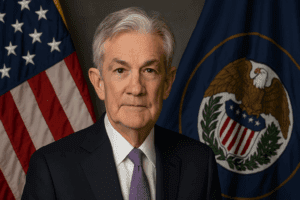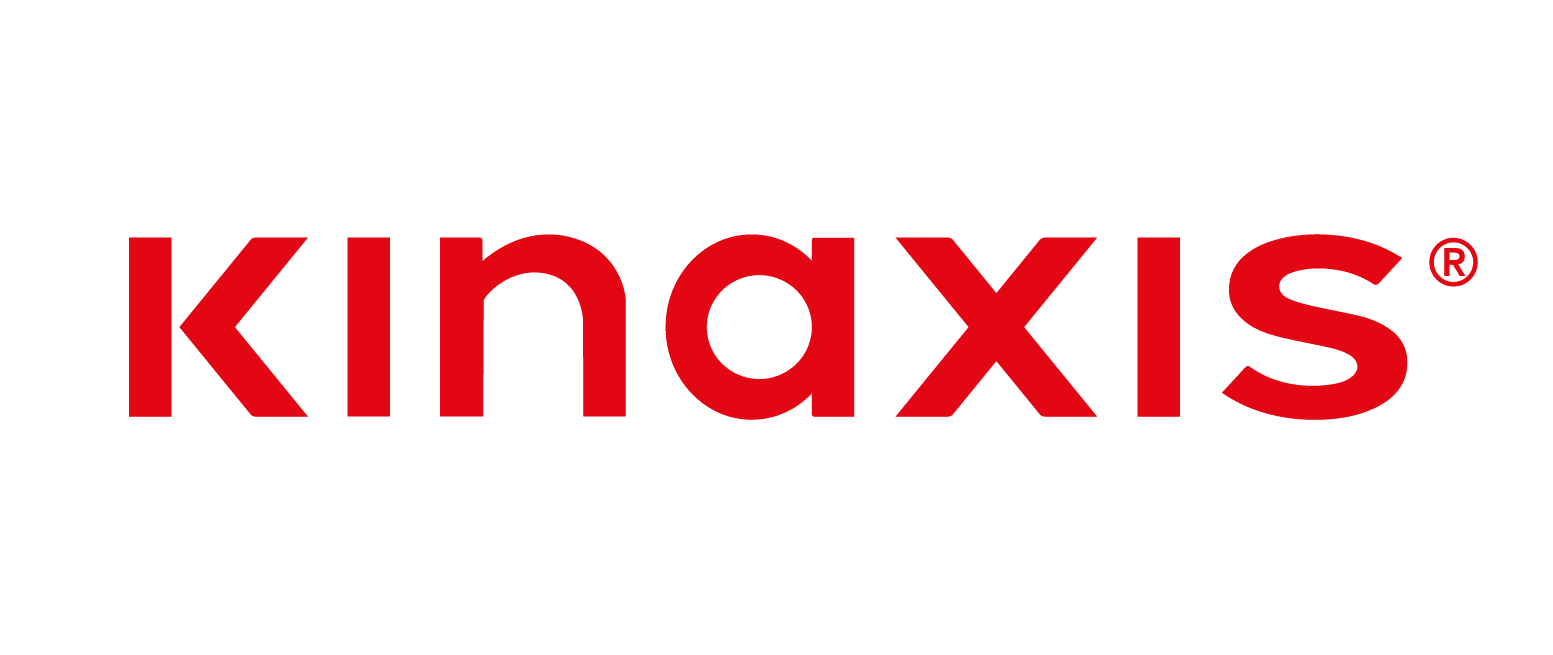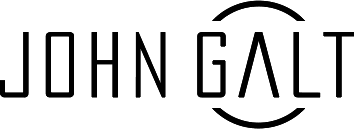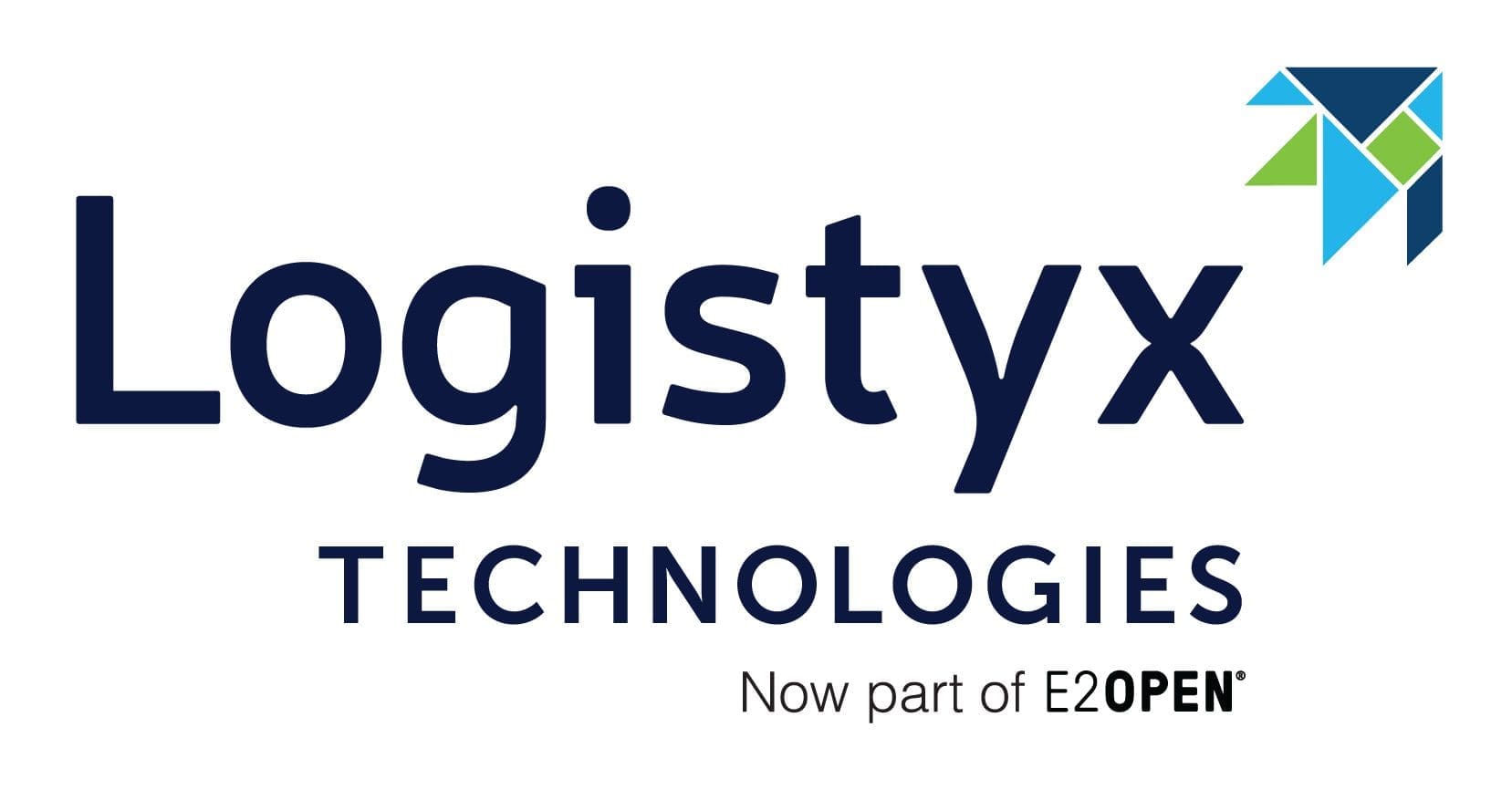 Federal Reserve Chair Jerome Powell’s statement this week, “there is no risk-free path,” was not abstract monetary commentary. It was a recognition that tariffs are raising the cost baseline for U.S. supply chains, and that these shocks will unfold over multiple quarters as they cascade through sourcing, logistics, and retail.
Federal Reserve Chair Jerome Powell’s statement this week, “there is no risk-free path,” was not abstract monetary commentary. It was a recognition that tariffs are raising the cost baseline for U.S. supply chains, and that these shocks will unfold over multiple quarters as they cascade through sourcing, logistics, and retail.
Powell was clear: tariffs represent a one-time upward shift in the price level, not a permanent inflation spiral, unless expectations harden and firms fail to contain secondary effects. For boards and senior executives, this is not about headline CPI. It is about landed cost, service promise, and working capital in the next four quarters.
How Tariffs Cascade Through Networks
Suppliers absorb first. Import duties lift invoices immediately, and suppliers with thin margins have little capacity to buffer.
Contracts and BOMs adjust second. Without indexation, standard costs jump and renegotiations proliferate.
Distribution and customers feel last. Duty-inflated declared values raise freight and insurance. Retail resets spread price changes across quarters.
The net effect is not a single shock but a rolling sequence of smaller disruptions, precisely what Powell described when he warned that tariff effects will not appear “all at once.”
Senior Leadership Agenda
- Forward price with discipline. Pass-throughs must be embedded contractually, not absorbed reactively.
- Re-design sourcing. Treat friend-shoring, dual sourcing, and redundancy as strategic options portfolios.
- Treasury and supply chain alignment. Duty-driven working capital needs require joint CFO and CSCO oversight.
- Scenario margin management. Boards need visibility on both Powell’s “short-lived” base case and the risk case where tariffs embed into expectations.
- Segment the service promise. Decide now which customer tiers warrant price holds and which face pass-throughs.
Where AI Multiplies Resilience
AI is most relevant when tariff shocks are unpredictable in timing and uneven in impact. Agent-to-Agent (A2A) systems can automatically rebalance freight and sourcing when duties change. Context protocols (MCP) give procurement tools memory of which suppliers passed costs through most aggressively in prior tariff rounds. Retrieval systems (RAG) can pull live tariff tables and classification updates directly into pricing engines, avoiding weeks of manual review. Graph-based reasoning highlights where a single duty change on one component will ripple through multiple product lines. These capabilities let firms compress reaction time from quarters to days, and that speed is what turns Powell’s “uncertainty” into managed risk. [ For more on A2A, MCP, RAG and more visit
The Boardroom Takeaway
Powell described a world of two-sided risks: tariffs lift costs, rate cuts cushion growth, and uncertainty rules the middle ground. For senior leaders, the supply chain is where those risks crystallize into financial outcomes.
There is, as Powell said, no risk-free path. But there is a disciplined path, anchored in contractual rigor, liquidity oversight, and AI-enabled visibility. Boards that treat resilience as architecture, not reaction, will manage these shocks without losing strategic footing.
















